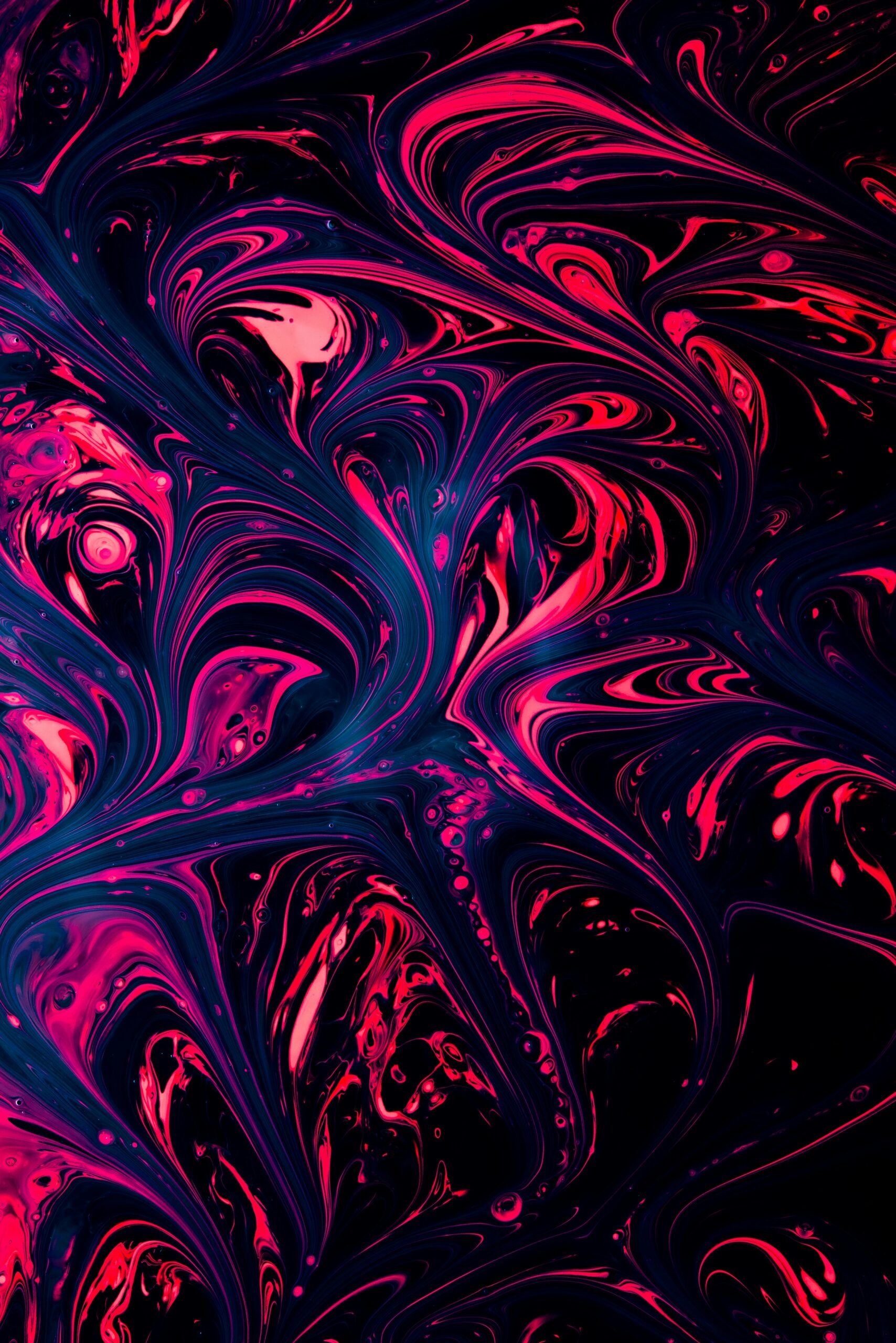Have you ever wondered where the idea of camouflage clothing came from? Well, it may surprise you to learn that its origins can be traced back to military uniforms. Camouflage clothing has evolved over the years, transforming from a practical necessity for soldiers to a popular fashion trend. This article will explore the fascinating history behind camouflage clothing and how it has become an iconic symbol of blending in and standing out in various aspects of our lives. So, let’s uncover the captivating story behind this fashion phenomenon.
Early History of Camouflage
Use of camouflage in nature
Camouflage, in the context of nature, refers to the various adaptations and coloration that animals and plants possess to blend in with their surroundings. This natural camouflage helps protect them from predators or enhances their hunting abilities. Throughout the evolutionary process, different species have developed remarkable methods of concealment, such as the chameleon’s ability to change color to match its environment or the leaf-like appearance of certain insects. Nature has been the ultimate source of inspiration for the development of camouflage techniques in human society.
Early human uses of camouflage
Humans have been using forms of camouflage for thousands of years. Early civilizations, such as ancient Greeks and Romans, recognized the benefits of blending into their surroundings during warfare. They would employ various methods, such as using foliage or dirt to cover their armor or clothing, to make themselves less visible to enemies on the battlefield. These primitive techniques were effective in certain terrains, but they lacked the scientific understanding and precision that would come with later developments in the field of camouflage.
Origins of Military Camouflage
Development during World War I
The use of camouflage in military settings gained significant attention and development during World War I. The unprecedented scale of modern warfare required soldiers to find ways to conceal themselves from the increasingly lethal technologies and tactics employed by the enemy. Military strategists and scientists began to study natural camouflage and adapt its principles to create effective methods of hiding soldiers, equipment, and structures.
Influence of artists and biologists
During World War I, artists and biologists played a crucial role in the development and refinement of military camouflage. Artists like Abbott Handerson Thayer and his book “Concealing-Coloration in the Animal Kingdom” offered their insights on the principles of camouflage. Their understanding of color theory and how it relates to perception helped inform the development of effective camouflage patterns. Biologists, too, contributed by studying the natural camouflage mechanisms of animals and plants, providing valuable knowledge to enhance military camouflage techniques.
Variations between national militaries
Different nations developed their own unique approaches to military camouflage during and after World War I. Each army had specific considerations, such as the terrain they operated in and the types of uniforms and equipment they used. These factors led to the creation of distinct camouflage patterns, colors, and designs. From the British army’s disruptive pattern material (DPM) to the German army’s Splittertarnmuster pattern, the various national militaries put their own stamp on camouflage, reflecting their specific needs and objectives.

Types of Military Camouflage
Disruptive Pattern Material (DPM)
Disruptive Pattern Material (DPM) is a classic military camouflage pattern that gained popularity in the late 20th century. Developed by the British army, DPM features irregular shapes of different earth tones, such as brown, green, and black, arranged in a random pattern. The purpose of DPM is to break up the human silhouette and make soldiers blend into the natural environment, particularly woodlands and foliage-rich areas. DPM has been widely used by several armed forces around the world and has even found its way into fashion and streetwear.
Multi-Terrain Pattern (MTP)
Multi-Terrain Pattern (MTP) is a contemporary camouflage pattern developed by the British army. It was introduced to replace the long-serving DPM. MTP incorporates a combination of earthy tones, including shades of brown, green, and pale tan. The pattern was designed to adapt to various terrains, from desert to woodland environments, providing effective concealment for soldiers across different operational theaters. It offers improved visibility under both day and night conditions, reducing the risk of detection.
Pixelated Universal Camouflage Pattern (UCP)
The Pixelated Universal Camouflage Pattern (UCP), also known as the “digital camouflage,” gained prominence in the early 21st century. It was adopted by the United States Army as the standard camouflage pattern for its combat uniforms. The UCP consists of small rectangular pixels in varying shades of gray and tan, which create a pixellated appearance. The intention behind this pattern is to disrupt the human visual system’s ability to detect a recognizable pattern, making it more challenging for the enemy to identify and target soldiers.
Camouflage in Other Industries
Use in hunting
Camouflage has long been utilized by hunters to increase their chances of success in stalking and approaching their prey. By blending into the natural environment, hunters can become virtually invisible to their targets, improving their chances of a successful hunt. Hunting camouflage patterns often mimic specific habitats, such as forests, grasslands, or snow-covered landscapes. These patterns may incorporate earthy tones, foliage shapes, and natural textures to create a seamless integration with the surroundings.
Use in fashion industry
The fashion industry has embraced camouflage as a popular and enduring trend. What was once exclusively associated with military wear has now become a fashion statement, with camouflage patterns adorning everything from clothing to accessories. Camouflage patterns evoke a sense of adventure, toughness, and ruggedness, appealing to a wide range of individuals. From runway collections to streetwear brands, camouflage has permeated the fashion world, showcasing its versatility and ability to adapt to ever-changing trends.

Transition from Military to Civilian Use
Post-War surplus
After World War II, military surplus stores became a common sight, offering a plethora of surplus military clothing and equipment. Soldiers returning from war would sell or donate their uniforms, leading to an abundance of camouflage apparel available to the general public. The affordability and functional qualities of military camouflage made it an attractive option for civilians engaging in outdoor activities or seeking a rugged and utilitarian aesthetic.
Influence of veteran clothing
The adoption of camouflage clothing by civilians not only resulted from surplus availability but also from the cultural influence of military veterans. Veterans, who had experienced firsthand the utility and effectiveness of camouflage in combat, continued to wear camouflage as a part of their personal style. Through their fashion choices, they influenced the wider civilian population, further popularizing the use of camouflage in everyday clothing.
Adoption by counter-culture groups
In the latter half of the 20th century, camouflage clothing found a place within various counter-culture movements. From the anti-establishment sentiments of the 1960s to the punk and grunge subcultures of the 1980s and 1990s, camouflage became a symbol of rebellion and non-conformity. These alternative movements embraced camouflage as a means to challenge societal norms and express their dissent. As a result, camouflage became a staple in the wardrobes of individuals seeking to make a statement and promote individuality.
The Fashion Shift
Inclusion in high-fashion
Over time, camouflage made its way from military surplus stores and counter-culture movements into the world of high-fashion. Luxury fashion designers recognized the cultural significance and aesthetic appeal of camouflage, incorporating it into their prestigious collections. Camouflage patterns began appearing on high-end garments, ranging from dresses to suits, offering a juxtaposition between military heritage and the world of luxury.
Evolution of camouflage patterns in fashion
While classic military camouflage patterns continue to inspire fashion designers, they have evolved to meet the demands of the ever-changing fashion landscape. Designers experiment with colors, reinterpret patterns, and transform camouflage motifs into artistic interpretations. This evolution allows camouflage to remain relevant and adaptable in the fashion industry, catering to diverse tastes and preferences.
Connection to military heritage
Despite its transformation within the fashion industry, camouflage retains a strong connection to its military origin. The appropriation of military-inspired clothing in fashion serves as a reminder of the sacrifices made by soldiers and the recognition of their attire as symbols of bravery and resilience. Camouflage patterns embody the spirit of the military while simultaneously embracing the innovation and creativity in the world of fashion.

Significance of Camouflage Clothing in Popular Culture
Use by musicians and artists
Camouflage clothing has become a staple within popular culture, with musicians and artists incorporating it into their identities and performances. From icons like Elvis Presley and Madonna donning camouflage on stage to modern-day artists like Rihanna and Beyoncé incorporating camouflage into their music videos and album covers, its presence remains undeniable. Musicians and artists use camouflage to create a visually striking and rebellious aesthetic, connecting with their audiences on a deeper level.
Representation in movies and TV shows
Camouflage clothing has played various roles in movies and TV shows, both as a visual style choice and as a symbol within storytelling. Camouflage has been used to depict soldiers in war films, showcasing the grit and danger of combat. It has also been utilized by protagonists in action movies as a means of stealth and disguise. In some cases, camouflage clothing serves as a metaphorical representation of blending into society or hiding one’s true identity.
Controversies and Criticism
Appropriation of military symbols
The appropriation of military symbols, including camouflage patterns, within civilian fashion has raised concerns and sparked debates. Critics argue that wearing military-inspired clothing without understanding the associated history and sacrifice is disrespectful and insensitive. The commercialization of military camouflage patterns for purely aesthetic purposes can also be seen as a trivialization of their original intent, reducing them to mere fashion trends.
Unethical use of military patterns
Another criticism targets the unethical use of military camouflage patterns by individuals or groups seeking to perpetrate violence or evade detection. The misuse of camouflage for illegal activities or to create a sense of intimidation undermines the original purpose of camouflage as a tool for protection and survival. Such misuse can contribute to negative associations with camouflage, overshadowing its significance in military and civilian contexts alike.

Modern Use of Camouflage Clothing
Continued military use
Camouflage clothing remains an integral part of military uniforms and equipment across the world. Modern militaries continuously strive to improve and innovate camouflage patterns to enhance the effectiveness and survivability of their personnel. Advancements in technology, such as adaptive camouflage that responds to changing environments, have allowed soldiers to better blend into their surroundings, ensuring a tactical advantage on the battlefield.
Influence in streetwear
Camouflage patterns have heavily influenced streetwear fashion, becoming a defining element of urban style. Streetwear brands incorporate camouflage into their collections, offering a sense of authenticity, edge, and rebellion. From hoodies and jackets to sneakers and accessories, camouflage design elements have become synonymous with street culture, appealing to individuals seeking a distinct and urban aesthetic.
Role in outdoor activities
Given its origins in nature and military operations, camouflage clothing remains popular among outdoor enthusiasts and individuals engaging in recreational activities. Hikers, campers, and hunters seek camouflage garments designed to blend with their natural surroundings, enhancing their ability to go undetected and observe wildlife closely. Camouflage clothing is also preferred by photographers and wildlife researchers, allowing them to get unobtrusive shots and conduct their work without disturbing the subjects.
Future Trends in Camouflage Clothing
Innovation in military camouflage
The future of military camouflage is likely to witness continued innovation and technological advancements. Research and development efforts will focus on creating adaptive camouflage materials that can seamlessly adjust to different environments, providing enhanced concealment and protection for soldiers. Technological elements, such as active camouflage capable of actively changing colors or patterns, may also be explored to maximize stealth capabilities.
Predictions for fashion industry
In the fashion industry, camouflage clothing is expected to remain a prominent trend, continually evolving to reflect changing societal interests and design aesthetics. Collaborations between fashion designers and technological companies may lead to the integration of interactive elements within camouflage garments, blurring the boundaries between fashion and technology. Sustainability is also predicted to play a more significant role, with environmentally friendly camouflage materials and manufacturing techniques becoming more prevalent.
Environmental and ethical considerations
As camouflage clothing continues to evolve and gain popularity across various industries, it is important to consider the environmental and ethical implications. With increased demand, the production of camouflage garments must be conducted responsibly, taking into account sustainable sourcing and manufacturing processes. Additionally, ongoing discussions surrounding the cultural sensitivity of military symbols and patterns must inform the responsible use and interpretation of camouflage in all aspects of society.
In conclusion, camouflage clothing has a rich history originating from both nature’s adaptations and the military’s need for concealment. It has transitioned from its military roots to become a popular fashion trend, symbolizing rebellion, style, and functionality. From the battlefield to the high-fashion runway, camouflage continues to captivate and inspire. While controversies and criticisms persist, camouflage remains deeply ingrained in popular culture and continues to evolve, adapting to the demands of the future while reflecting its powerful heritage.


